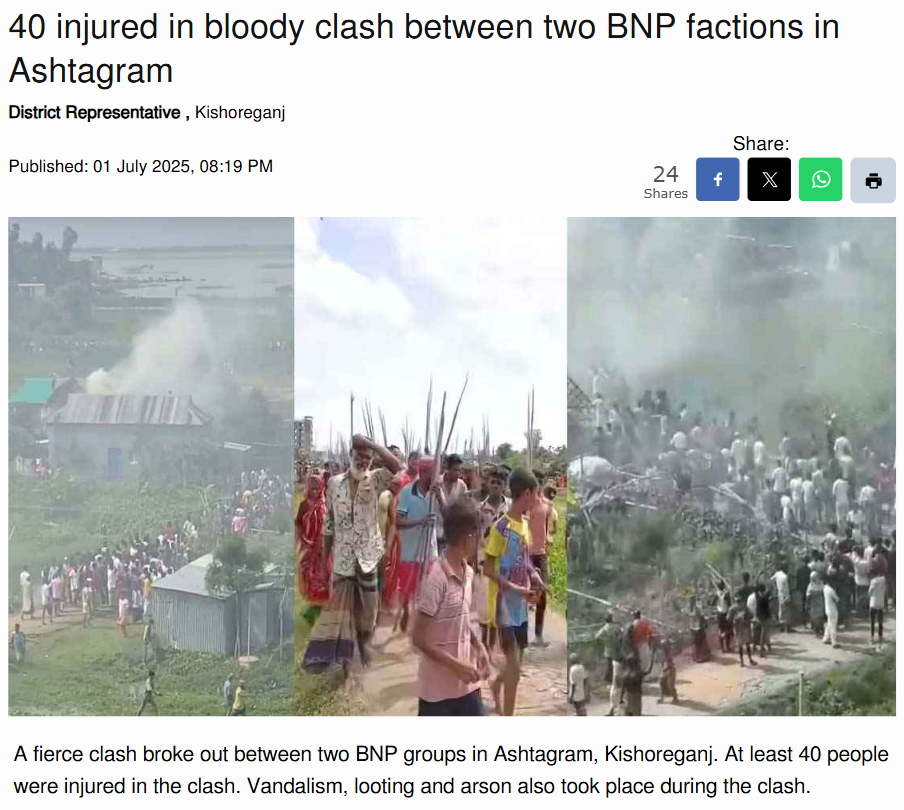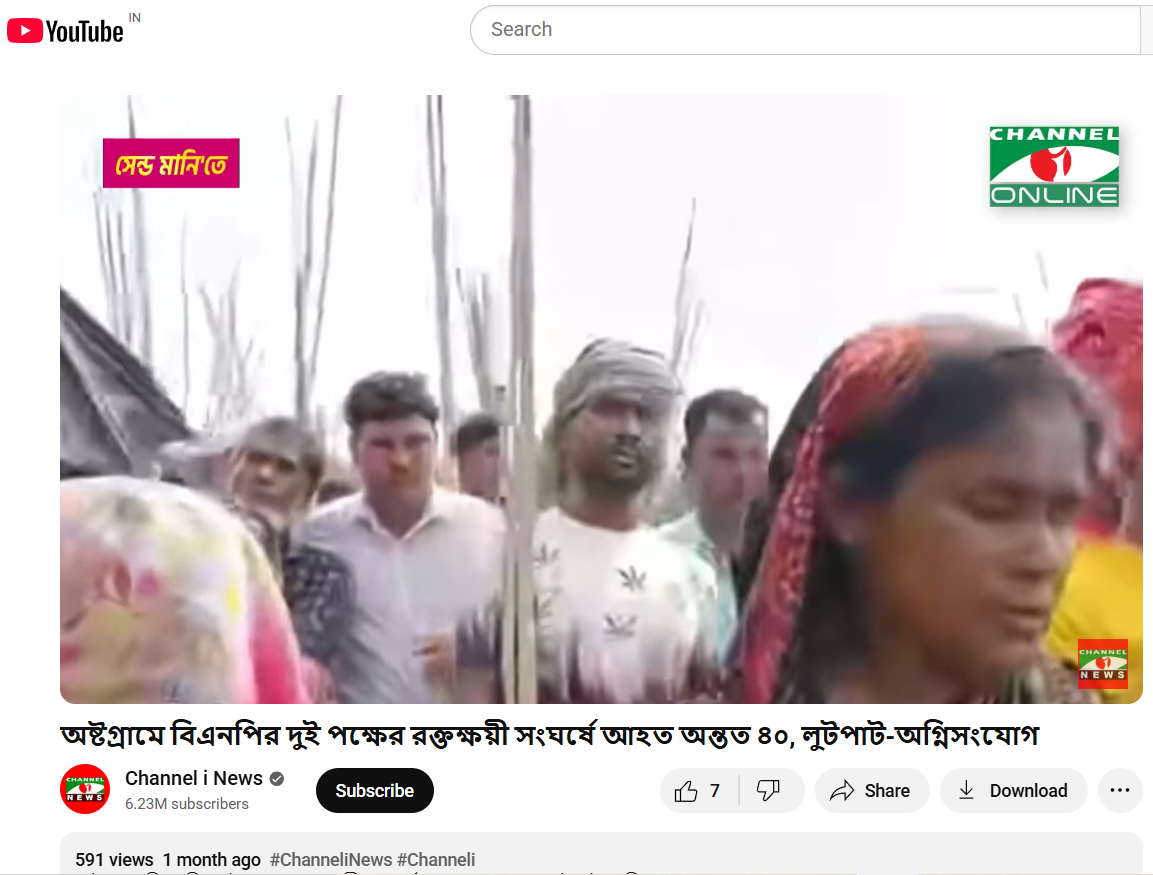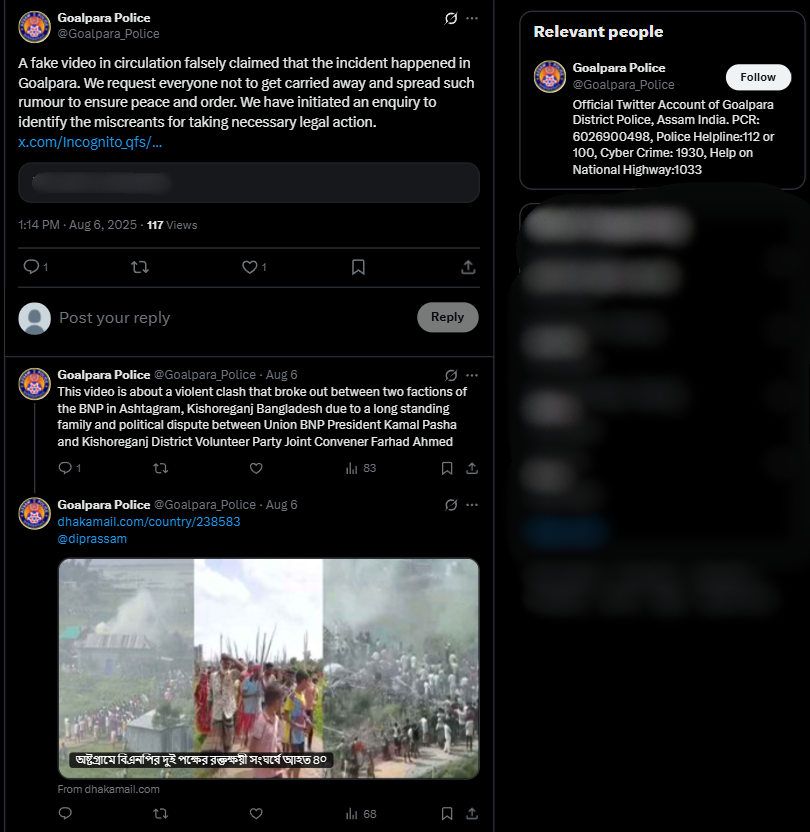Introduction
Big Tech has been pushing back against regulatory measures, particularly regarding data handling practices. X Corp (formerly Twitter) has taken a prominent stance in India. The platform has filed a petition against the Central and State governments, challenging content-blocking orders and opposing the Center’s newly launched Sahyog portal. The X Corp has furthermore labelled the Sahyog Portal as a 'censorship portal' that enables government agencies to issue blocking orders using a standardized template.
The key regulations governing the tech space in India include the IT Act of 2000, IT Rules 2021 and 2023 (which stress platform accountability and content moderation), and the DPDP Act 2023, which intersects with personal data governance. This petition by the X Corp raises concerns for digital freedom, platform accountability, and the evolving regulatory frameworks in India.
Elon Musk vs Indian Government: Key Issues at Stake
The 2021 IT Rules, particularly Rule 3(1)(d) of Part II, outline intermediaries' obligations regarding ‘Content Takedowns’. Intermediaries must remove or disable access to unlawful content within 36 hours of receiving a court order or government notification. Notably, the rules do not require government takedown requests to be explicitly in writing, raising concerns about potential misuse.
X’s petition also focuses on the Sahyog Portal, a government-run platform that allows various agencies and state police to request content removal directly. They contend that the failure to comply with such orders can expose intermediaries' officers to prosecution. This has sparked controversy, with platforms like Elon Musk’s X arguing that such provisions grant the government excessive control, potentially undermining free speech and fostering undue censorship.
The broader implications include geopolitical tensions, potential business risks for big tech companies, and significant effects on India's digital economy, user engagement, and platform governance. Balancing regulatory compliance with digital rights remains a crucial challenge in this evolving landscape.
The Global Context: Lessons from Other Jurisdictions
The ‘EU's Digital Services Act’ establishes a baseline 'notice and takedown' system. According to the Act, hosting providers, including online platforms, must enable third parties to notify them of illegal content, which they must promptly remove to retain their hosting defence. The DSA also mandates expedited removal processes for notifications from trusted flaggers, user suspension for those with frequent violations, and enhanced protections for minors. Additionally, hosting providers have to adhere to specific content removal obligations, including the elimination of terrorist content within one hour and deploying technology to detect known or new CSAM material and remove it.
In contrast to the EU, the US First Amendment protects speech from state interference but does not extend to private entities. Dominant digital platforms, however, significantly influence discourse by moderating content, shaping narratives, and controlling advertising markets. This dual role creates tension as these platforms balance free speech, platform safety, and profitability.
India has adopted a model closer to the EU's approach, emphasizing content moderation to curb misinformation, false narratives, and harmful content. Drawing from the EU's framework, India could establish third-party notification mechanisms, enforce clear content takedown guidelines, and implement detection measures for harmful content like terrorist material and CSAM within defined timelines. This would balance content regulation with platform accountability while aligning with global best practices.
Key Concerns and Policy Debates
As the issue stands, the main concerns that arise are:
- The need for transparency in government orders for takedowns, the reasons and a clear framework for why they are needed and the guidelines for doing so.
- The need for balancing digital freedom with national security and the concerns that arise out of it for tech companies. Essentially, the role platforms play in safeguarding the democratic values enshrined in the Constitution of India.
- This court ruling by the Karnataka HC will have the potential to redefine the principles upon which the intermediary guidelines function under the Indian laws.
Potential Outcomes and the Way Forward
While we wait for the Hon’ble Court’s directives and orders in response to the filed suit, while the court's decision could favour either side or lead to a negotiated resolution, the broader takeaway is the necessity of collaborative policymaking that balances governmental oversight with platform accountability. This debate underscores the pressing need for a structured and transparent regulatory framework for content moderation. Additionally, this case also highlights the importance of due process in content regulation and the need for legal clarity for tech companies operating in India. Ultimately, a consultative and principles-based approach will be key to ensuring a fair and open digital ecosystem.
References







.webp)











